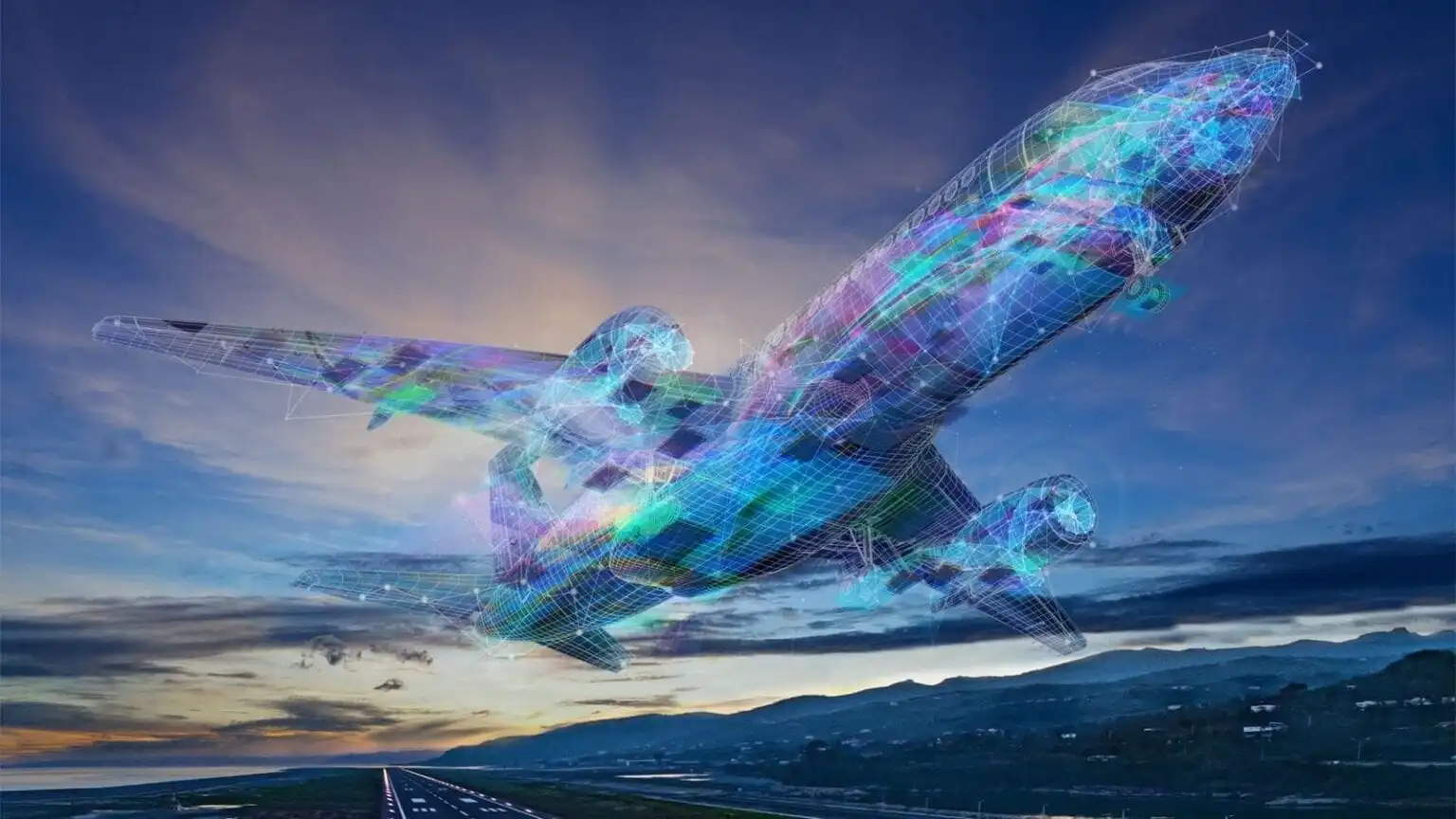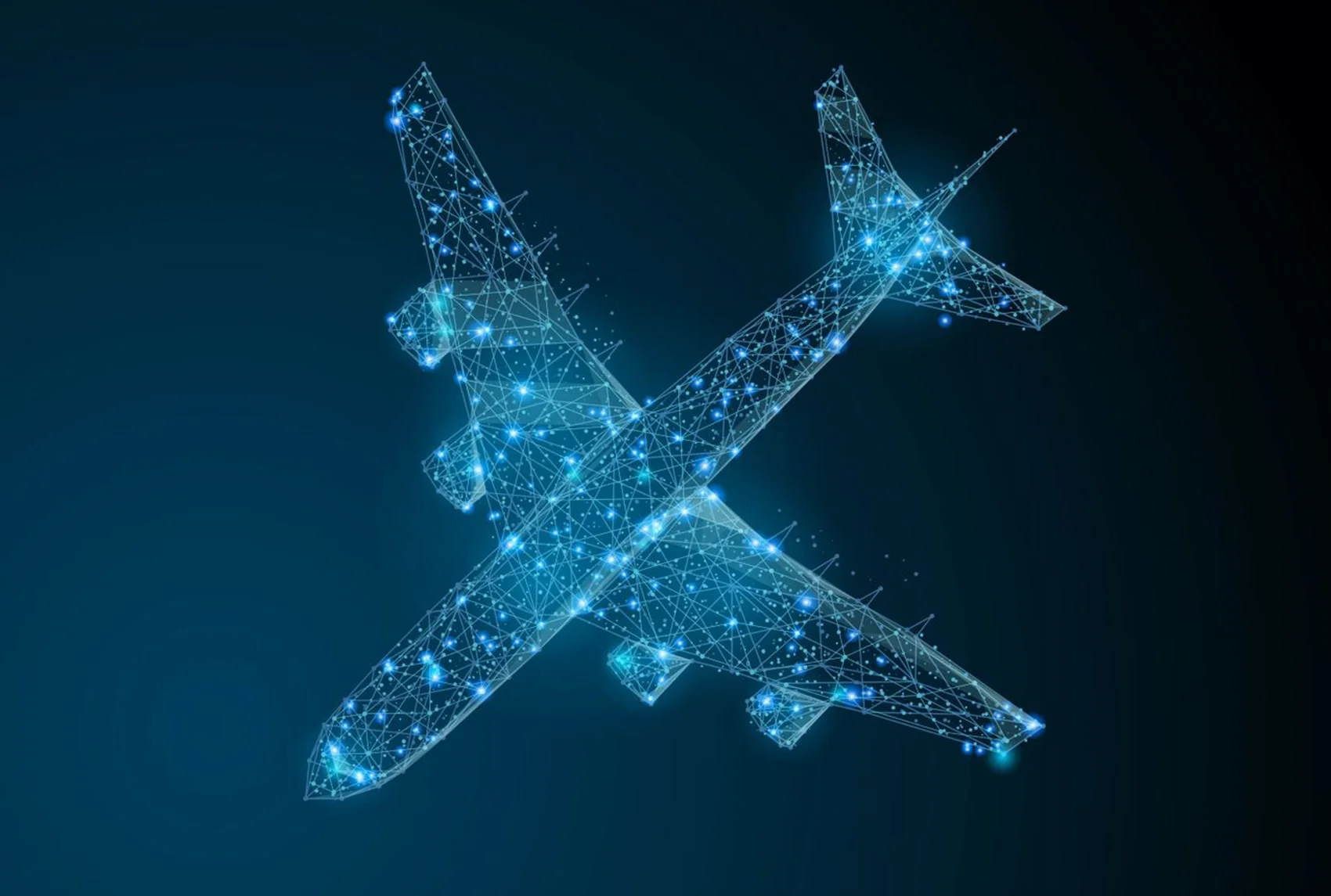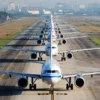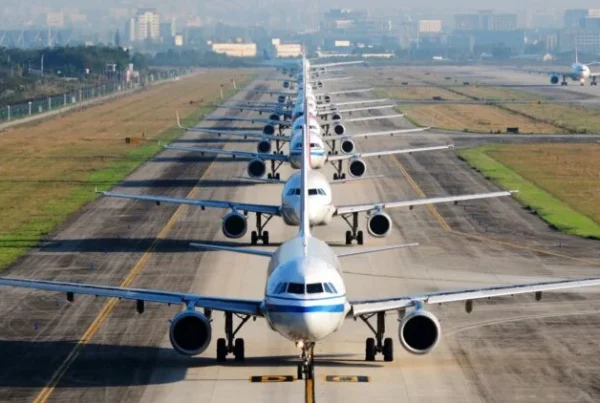Jaideep Mirchandani, the Group Chairman of the UAE-based Aviation conglomerate Sky One outlines the elements that will make aviation seamlessly efficient and safer in the more years to come.
On December 17, 2023, we will mark the 120th anniversary of the historic moment when Wilbur and Orville Wright achieved the first powered airplane flight with the Wright Flyer. Since that pivotal event in 1903, the commercial aviation sector has undergone a remarkable evolution, expanding in various dimensions. The shift from five-person crews (two pilots, a flight engineer, a radio operator, and a navigator) in the 1950s to just two pilots and more streamlined aircraft with state-of-the-art engines are among the pivotal factors that have shaped the aviation landscape. Beyond the Jet Age, developments such as the creation of supersonic passenger aircraft and the emergence of Boeing as a prominent civilian manufacturer with its renowned 737 MAX, alongside Airbus and its famous A320 family, also marked significant changes.
Today, global aviation finds itself at a juncture where the convergence of human expertise and technology is profoundly influencing its trajectory. With the evolution of each new generation of aircraft, the flight deck has become increasingly technologically advanced, enabling pilots to delegate flying tasks to automated systems and concentrate their attention on vital aspects such as navigation, air traffic management, and monitoring aircraft status. The integration of further technological advancements is poised to bring about a dramatic transformation in the role of pilots within the next 10 to 15 years, as highlighted by American firm Oliver Wyman in its study. This transformation is supported by insights from Geoff Murray, a former airline pilot and active flight instructor. He foresees substantial enhancements to modern cockpits, including the incorporation of multi-touchscreen capabilities, the implementation of synthetic vision technology to enhance situational awareness, and the introduction of 3D modelling to provide a more comprehensive representation of the surrounding environment. Furthermore, the adoption of wearable avionics, including head-mounted displays, already in use in military aviation, is also anticipated.
The industry will also need more aviation talent. According to the Aviation Talent Forecast 2023 from Canadian flight training company CAE Inc., the aviation industry will require a total of 2,80,000 new pilots over the next decade. The Asia Pacific region alone will have a demand for 91,000 commercial pilots, while North America will need 63,000 for commercial services.
The statistics also underscore the need for a talent pool of future pilots who can readily embrace and adapt to new technologies. Their training should also be aligned with futuristic technology and connectivity-based tools in the cockpit.
 Future of Aviation
Future of Aviation
So what does the future of aviation look like? Will it be defined by single-pilot operations (SPO) assisted by smart onboard automation and ground operators? Many experts hold the opinion that the adoption of SPO and autonomous flying could potentially have a negative impact on the demand for pilots. Nevertheless, I contend that a widespread shift toward single-pilot operations is likely to be a gradual process. Similarly, the integration of self-flying planes will also require a measured approach. Regulatory considerations, safety aspects, the establishment of a unified data connectivity system, labor negotiations, and cybersecurity enhancements are among the key factors that must be addressed before such a transition can be realized.
And what part will Artificial Intelligence (AI) play in this scenario? A study from UK-based Technavio, says that the use of AI in the aviation market is projected to experience substantial growth, with an estimated Compound Annual Growth Rate (CAGR) of 43.13 percent between 2022 and 2027. The forecast indicates an increase in market size by USD 3,642.91 million. AI tools can play a major role in the aviation industry by assisting airlines in scheduling, route optimization, and improved crew management. On the logistical front, AI can be deployed for supply chain management, inventory enhancement, and cargo monitoring.
Virtual assistant tools contribute to more personalized passenger experiences. Additionally, AI contributes to safety and security enhancements by monitoring and analyzing data from security cameras and sensors to bolster safety and security measures. The Generative AI tools also have the potential to assist in improved aircraft design and Maintenance, Repair, and Overhaul (MRO. Predictive maintenance, identifying recurring defects in the aircraft, rapid data collection and assessment, and even the use of robots to inspect components are all possible with the help of this technology.
As for the primary challenges that warrant attention, data safety emerges as a major concern. AI tools rely heavily on extensive datasets of impeccable quality to generate precise outcomes. Within the aviation sector, acquiring such data can prove to be demanding due to ethical considerations, encompassing apprehensions related to data privacy, bias, and potential job displacement as well as automation bias (excessive reliance on automated aids and decision support systems).
Moreover, air traffic control and aircraft maintenance systems represent highly intricate infrastructures. The integration of AI tools into these systems must be executed with meticulous care to preserve their inherent attributes, including compatibility, security, and reliability. The integration of rapid automation poses a challenge for policymakers in terms of establishing suitable regulations for these emerging technologies and determining the extent of their oversight. This challenge becomes even more pronounced when dealing with technologies like AI, given its continuously evolving nature.
Therefore, it is vital to strike a balance between the application of technical tools and the effective management of associated challenges. Implementing the technology in a manner that prioritizes safety, ethical use, responsibility, and the establishment of a comprehensive legal framework that effectively addresses the multifaceted aspects of AI are essential to ensure that it provides a net benefit to the aviation sector.
And what about the human factor in aviation? The European Union Aviation Safety Agency (EASA) has already emphasized the need for a more human-centric approach to AI in aviation. According to expert studies, it is not plausible to assert that automation will entirely replace human operations in the aviation sector, at least not in the next one or two decades. For instance, roles like that of a pilot demand the ability to make complex decisions in unpredictable and unique situations, assessing multiple factors including weather conditions, mechanical failures, and emergencies, and making critical choices that prioritize safety. ‘Sully: Miracle on the Hudson’, the 2016 Tom Hanks film based on a real event, very ably answers the man vs automation question. The skills Captain Chesley Sullenberger displayed in a crisis cannot be expected from a pilotless flight.
The integration of AI technology can serve as an additional tool to enhance safety, efficiency, and operational capabilities, but various practical applications involved in flight operations and management require human intuition, adaptability, and emotional intelligence.
Hence, in the years to come, we can anticipate a harmonious fusion of automation and human expertise, leading to substantial advancements and safer journeys, thereby elevating the global aviation sector to newer heights.








